Introduction to cooking methods
Cooking is an art, and mastering different cooking methods is key to creating tasty and satisfying dishes.
Whether you’re looking to expand your cooking repertoire or simply want foolproof ways to prepare meals, learning the essential techniques will serve you well in the kitchen.
In this post, we’ll explore five foundational cooking methods — baking, boiling, steaming, sautéing, and grilling — providing practical tips and insights to help you get the most out of each one.
Baking
As one of the longest-used and most versatile cooking methods, baking allows you to prepare everything from breads and pastries to casseroles and desserts with precise control over ingredients and results.
The dry heat of an oven causes chemical reactions that cannot be duplicated on the stovetop, yielding crispy crusts and tender interiors. Some key advantages of THIS Cooking Methods include:
- Minimal monitoring required. Once items are in the oven, you can rely on consistent, even heat to do the work for you without constant attention.
- Moisture is retained. The enclosed oven environment prevents moisture from escaping as foods cook, keeping them flavorful and moist.
- Multiple dishes at once. Baking accommodates large batches and dishes with varied cook times, so you can prepare an entire meal simultaneously.
- Versatility. Nearly any ingredient or combination lends itself to the baking process, from savory breads and pizzas to sweet pies and cakes.
When baking, be sure to follow recipes closely, paying attention to temperature, timing, and doneness cues.
Properly preheating the oven and using an oven thermometer ensure your settings are accurate.
Greasing pans, using parchment paper for easy removal, and letting baked goods cool completely before serving also yield best results.
Boiling
A common and simple cooking methods, boiling involves submerging foods in simmering or bubbling water and allowing them to cook through.
While boiling is often used for vegetables, pasta, grains, and dried beans to enhance their texture and nutrients, here are some strategies to make the most of this method:
- Use the right-sized pot with plenty of water. Full submersion allows for even cooking without burning or sticking.
- Regulate temperature. A gentle simmer (180-200°F) prevents foods from bursting or becoming mushy; bringing water to a boil first speeds the process.
- Adjust timing as needed. Vegetables should retain a bit of firmness; pasta cooking times may vary by brand.
- Save cooking liquid. Reserve the flavorful liquid when boiling vegetables, pasta, or grains for use in soup stock or gravy.
- Shock in ice water. Quickly cooling hot foods in an ice bath halts the cooking process to retain crisp textures and vibrant colors.
Following these guidelines for these Cooking Methods delivers tender, not soggy, results every time using this basic heating technique.
Steaming
Consider steaming when you want to cook foods quickly while preserving nutrients, flavors, textures, and colors.
Steaming uses minimal water or broth in a covered pot or basket to create a hot, moist environment, cooking foods through heat transference. Advantages include:
- Nutrient retention. Steaming’s gentle heat causes little vitamin and mineral loss compared to other wet-cooking methods.
- Easy preparation. All you need are a pot with a tight-fitting lid and a steaming basket or insert.
- Speed. Many foods steam in just minutes, ready in half the time of boiling.
- Versatility. Nearly any veggie, seafood, meat, grain or dough product can benefit from steaming’s light touch.
Be aware of cooking times based on ingredient density and size. Check for doneness regularly to avoid overcooking. Condensation from steaming can allow for easy vegetable-infused broth making!
Sautéing
For quick stovetop cooking using a minimum of fat, sautéing delivers flavorful results. Begin by heating a skillet over medium-high heat and adding a small amount of oil or butter.
Then, ingredients are constantly stirred or tossed until just cooked through, bringing out their natural juices. Benefits include:
- Browning and caramelization. The high, directed heat delivers crispy textures and savory Maillard reactions.
- Control. You can easily regulate heat levels, continuously flipping or stirring to cook evenly without burning.
- Versatility. Sautéing is perfect for veggies, proteins, grains or pasta dishes in a single pan.
- Speed. Ingredients cook fast, usually in just several minutes depending on the amount.
When sautéing, do not overcrowd the pan or ingredients will steam. Use oil with a high smoke point for high-heat jobs. Remove foods as they finish to avoid overcooking.
Grilling
Perhaps the most universally loved summer of all cooking methods, grilling infuses smoky, charred flavors into meats, fish, veggies and more. To harness the grill’s direct radiant heat:
- Oil the grates. This prevents sticking, allowing you to easily flip foods for attractive grill marks.
- Build zones. Leave some burners unlit for lower-heat cooking; the lit areas deliver searing temperatures perfect for meats.
- Use sauce carefully. Avoid burning sugars; glaze at the end or serve sauces on the side.
- Flip frequently. Constant flipping sears in juices and avoids drying out.
- Let rest. Give larger cuts 5-10 minutes off the grill before slicing to reabsorb their liquids.
Grilling is best for sturdier items like steaks, kabobs, corn and potatoes. Quick-cooking foods like thinly sliced vegetables can easily burn, so keep a close watch.
Enjoy the flavor of wood chips or fresh herbs on the coals too.
Conclusion
mastering cooking methods like baking, boiling, steaming, sautéing and grilling provides you endless options to feed your family and friends delicious, homemade meals.
Understanding the nuances of each technique delivers consistent, satisfying results every time. So get cooking – your taste buds will thank you!

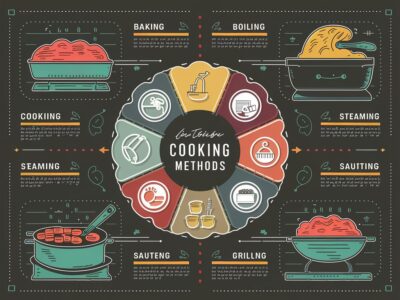
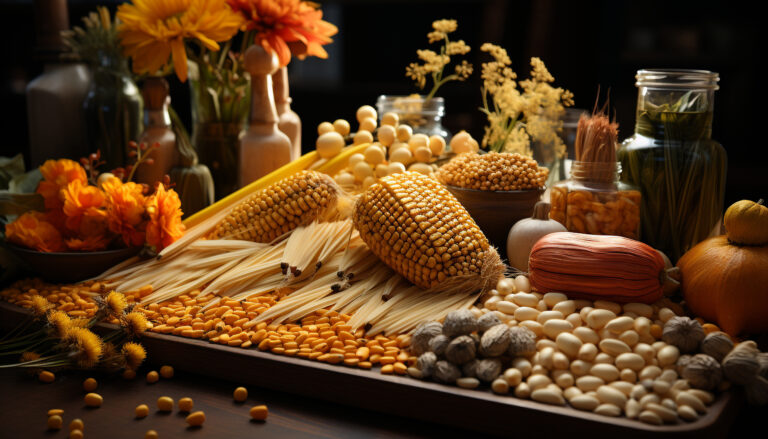
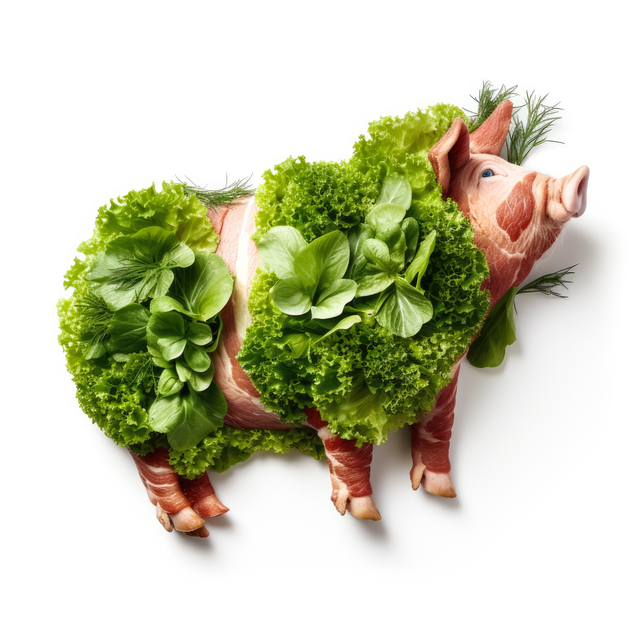

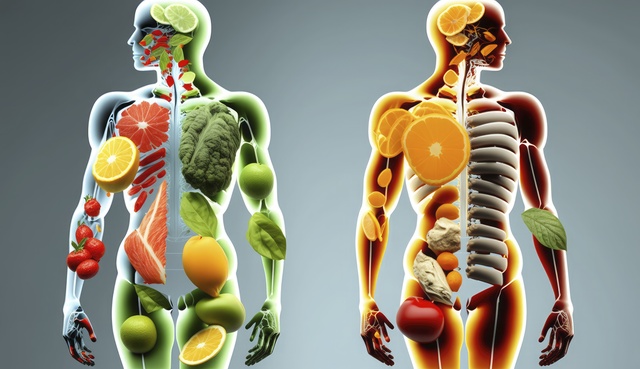

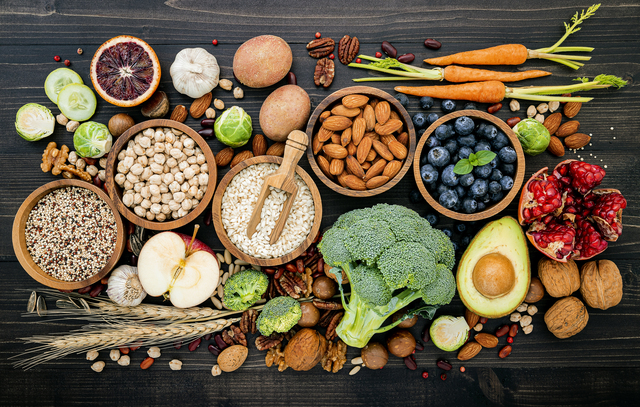
Wow, fantastic weblog layout! How long have you been blogging for?
you make blogging look easy. The total look of your site is wonderful,
let alone the content! You can see similar here sklep online
Hello, Neat post. There’s an issue together with your site in internet explorer, would check this·IE still is the marketplace chief and a large element of other folks will leave out your magnificent writing due to this problem.
Thank you for your sharing. I am worried that I lack creative ideas. It is your article that makes me full of hope. Thank you. But, I have a question, can you help me?